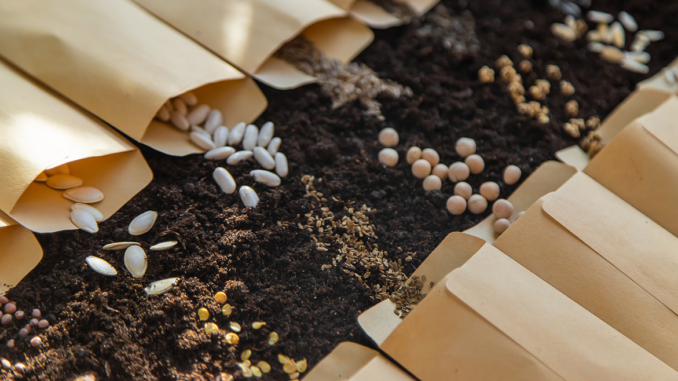
Jerry Whiting
If you read my column on a regular basis, you know I really want the hemp industry to grow and prosper. For that to happen we need successful and prosperous hemp farmers. While this seems obvious, way too many of today’s hemp farmers are failing. The primary reason is the overwhelming emphasis on CBD, resulting in an oversupply of hemp biomass which reduced wholesale prices.
We’ve been preoccupied with a very narrow slice of hemp’s potential. Whatever happened to the hemp activist mantra “food, fuel & fiber”?
Whatever happened to the hemp activist mantra “food, fuel & fiber”?
If the hemp market is to grow and mature, we need to think beyond cannabinoids. Hemp pioneers are developing and selling hemp building materials like hempcrete, hemp wood, hemp insulation, and other products aimed at the construction industry. Processing facilities require proximity to hemp farms to reduce shipping costs, as well as a reliable supply of hemp – lots of it. Today there simply aren’t enough U.S. farmers growing fiber hemp to make this happen.
Plant based foods are now mainstream. Ask the fast-food chains: non-meat burgers and chicken-less chicken are increasingly popular. (Do you want fries with that?) One doesn’t have to be vegetarian, let alone vegan or keto or paleo, to eat plant-based meals these days. No one is more amazed than I, a vegetarian since the ‘70s. I never thought I’d live to see the day supermarkets sell milk that comes from plants rather than from cows or goats.
Will hemp building materials catch on? How long before Starbucks offers hemp creamer? Will today’s CBD hemp farmers transition to food and fiber? Will they survive long enough to supply these nascent markets?
The real question is what hemp varietals will farmers grow to foster the food and fiber markets? Certainly not Charlotte’s Web or Cherry Wine. And where will the seeds come from? Who’s got the genetics that are the key to hemp’s future?

Believe it or not, the U.S. government has a hemp seed bank. The Department of Agriculture has a large and growing collection of hemp genetics stored in The Hemp Germplasm Repository. This treasure trove will enable hemp farmers to grow long forgotten heirloom varieties that may very well be suited to tomorrow’s hemp industries.
The Hemp Germplasm Repository is part of the National Plant Germplasm System. The hemp collection’s mission is to conserve as much genetic and geographically diverse hemp genetics as possible and distribute it to plant breeders, researchers, and educators. Their long-term vision is to expand the collection to include more hemp varieties and catalog them for fiber, agronomic, morphological, horticultural, and secondary metabolite traits. The Hemp Germplasm Repository wants individuals with interesting or unique germplasm to consider donating a seed sample to the collection.
Why is this effort so important? It’s cataloging what’s out there, preserving it for future use. Remember: extinct is forever. Whatever we lose is gone for good. As new markets emerge farmers need to grow cultivars tailored to each new niche. Moving forward hemp farmers need access to as wide and diverse catalog as possible.
And here’s the best part. If we agree that these new hemp markets like hempcrete and hemp foods could have a bright future, then farmers need all the help they can get. If help is forthcoming from the U.S. government, one day hemp will be grown on the same scale as wheat, soy, and corn are today.
Thousands of acres of hemp across multiple states. Nothing less.
Jerry Whiting is President of LeBlanc CNE, a Seattle-based hemp company focused on plant medicine and fiber product development. He writes a monthly column on hemp for Northwest Leaf, from which this article is adapted.
Copyright, Project CBD. May not be reprinted without permission.



Be the first to comment